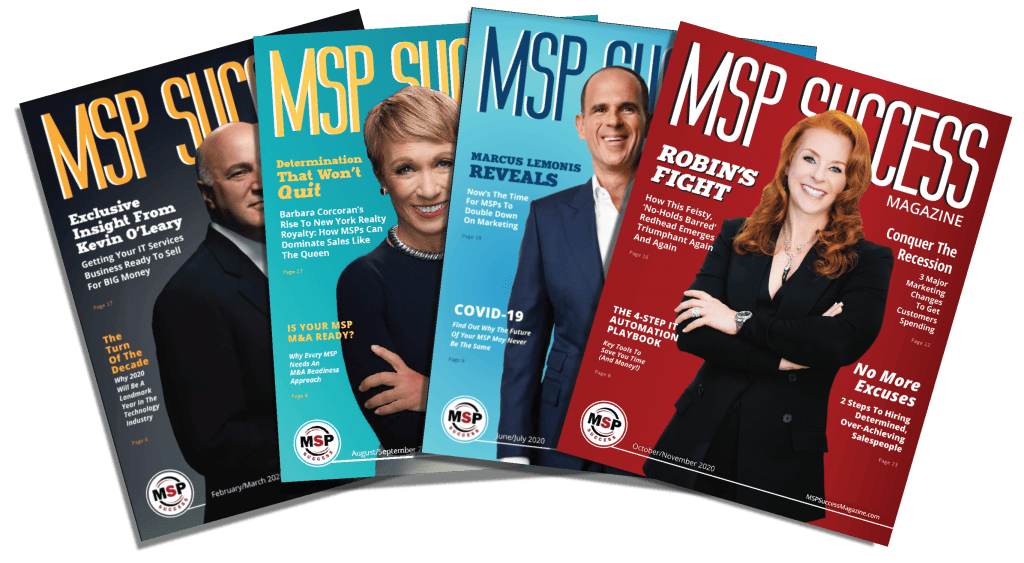This article was written by guest contributor Christopher Voss. Voss is the CEO of The Black Swan Group, a firm that solves business negotiation problems with hostage negotiation strategies.
Difficult conversations are … difficult. There’s no getting around it. Whether you’re discussing a price increase with an existing client, a new sales proposal with a prospect, or how you’ll resolve a problem with an unhappy customer, you’ll often face barriers and objections.
Navigating these difficult conversations and manipulative pushbacks is crucial in negotiations, as they can greatly impact the outcome of a deal. Here’s how to recognize the different types of barrier tactics you may encounter and how to defuse them to achieve successful results.
Barrier Tactic 1: The “Yes, But . . .” Person
Individuals who consistently discount or reject ideas can hinder progress in negotiations. To address this, it is important to use a combination of techniques. I recommend using labeling (verbal observations of feelings) and open-ended questions to engage the person in finding a solution.
By saying something like, “It seems you’re having some difficulty accepting what I am proposing. How can we resolve this?”, you acknowledge their resistance and invite them to actively participate in finding a mutually beneficial solution.
Barrier Tactic 2: The Suspicious Person
Establishing rapport with a suspicious person is crucial as their trust issues can impede effective communication. When dealing with such individuals, I suggest using paraphrasing and open-ended questions to address their concerns.
By saying, “You seem to have a problem trusting me and my company. How can I alleviate some of your concerns?”, you acknowledge their trust issues and shift the conversation toward resolving the underlying cause of their suspicion.
Barrier Tactic 3: The Hostile Person
Dealing with a hostile or angry person who uses intimidation can be challenging. Maintaining self-control is key in such situations. I emphasize the importance of using “I” messages to express feelings without sounding confrontational.
For example, saying, “When you _______, I feel _______ because _______” allows you to convey emotions and initiate a constructive dialogue. If challenged about labeling them, you can clarify that you’re discussing their behavior, not making personal attacks.
Barrier Tactic 4: The Challenging Person
Challenging individuals often seek to assert power and superiority by questioning your expertise or authority. It is essential to avoid direct power struggles and remain composed. Instead, focus on the issue at hand and deflect their challenges. By calmly asking what they would do if they were in your position, you shift the conversation toward problem-solving rather than engaging in a contest of knowledge or authority.
Keep Calm And Carry On
When faced with manipulative tactics in negotiations, it is important to remain firm, composed, and in control of your own emotions. By utilizing techniques such as labeling, open-ended questions, and “I” messages, you can defuse these tactics and foster more productive and successful negotiations. Armed with these strategies, you can overcome barriers, establish effective communication, and increase the likelihood of achieving mutually beneficial outcomes.
For more from Chris Voss, see 3 Ways For An MSP To Avoid Taking Itself Hostage














